Dense-packed cellulose insulation - the History
In 2005,Metric Homesof Carp, Ontario designed and built Canada's first Energy Star labelled home in Canada. This home was built with dense-packed (or dense-blown) cellulose as the wall insulation of choice. Their intent was to produce a better built home with the goal of creating "a proper balance between additional efficiency and price such that it would be attractive to future clients".
密集填充的纤维素绝缘体可能是一种优于常用的棉絮绝缘体的产品,但不知何故,它在加拿大的名声不好。纤维素纤维绝缘材料(CFI)就像绝缘材料领域的罗德尼·丹泽菲尔德(Rodney Dangerfield),它“不能得不到尊重”。
When done right, dense-packed cellulose is a highly efficient option for insulating exterior walls. It insulates as well if not better than the average batt (R3.5-3.8/inch), and slows air flow through walls making your house cheaper and easier to heat and cool. In addition, the high density of packed cellulose provides you with a better sound barrier than batt insulation (1).
Modern CFI production began in the 1970s and has been commonly used in roofs across the globe and walls throughout the US and Europe. When cellulose is densely blown (3.0lbs/ft3 or 48kg/m3 or greater) it is an excellent wall cavity insulation that provides a good R value at a reasonable cost. However, it is seldom used in Canada despite its reasonable cost and efficiency.
It has been unfairly criticized for its 'settling' issues, mold issues and its flammability. CFI has fallen victim to the claims of safer, easier and 'better' options such as fiberglass ormineral wool batt insulation. These weaknesses are largely baseless and dense-packed cellulose for wall cavities should be more common in Canada than it is today.
The concern of cellulose in wall cavities settling is probably the biggest misconception, though it is one that originates legitimately because that's what used to happen when it was blown into walls loosely, as it presently is in ceilings. Cellulose in walls is now under pressure so it cannot settle, maintaining the overall performance of its installed R-value. Any warnings on packages of settling is directed at cellulose loosely blown into ceilings.
CFI is commonly manufactured with borate, which is a fire retardant that also resists mold and and insects. In fact borate, in small amounts, has been determined to be largely harmless. "Most common foods contain borates at concentrations of 1-20 ppm, so we ingest up to 1mg/day in our normal diets" (2) and it is certainly less harmful than many toxins found in various adhesives and finishes commonly used in housing construction.
As well, CFI with borate is considered to be more flame resistant than both fiberglass and mineral wool batts (3). The dense packed method in and of itself adds to the flammability resistance. Consider how hard it is to burn a phone book versus burning a single sheet of paper. The lack of air gaps and air circulation make burning a phone book much more difficult than burning a single sheet.
If you are looking to insulate using the greenest of options, CFI is probably for you. It is often manufactured regionally using upwards of 80% recycled materials, acts as carbon storage and requires significantly less energy to manufacture than any batt insulation on the market. Not to mention it will likely get you additionalLEEDpoints in any evaluation.
由于这是一种经过深度加工的木制品,如果处理和安装不当,它比其他一些材料更有可能受到潮湿损害。But this can be said of many components of a home, and rather than dissuade us from using cellulose, it should encourage us to ensure we use proper building techniques;stopping air leakage and managing moisture diffusion through walls.
A quick look at an Dense-packed cellulose insulation installation in progress:
The biggest weakness for dense-blown cellulose is the lack of understanding of its qualities and effectiveness. For example Ontario Building Code has only a short section stating that dense-blown cellulose meets code, Section 9.25.2.2, but offers very few details or further explanation.
Gene Goodreau, CEO ofEco Insulationin southern Ontario says that one of the biggest problems he faces is the resistance by both builders and inspectors to change or appreciate alternative options. Building inspectors need to be educated on CFI for it to be accepted.
This problem is quickly made more obvious with a visit to the Cellulose Manufacturers Association of Canada website,www.cellulose.ca, which provides virtually no information on benefits, qualities, product, installer access and this showcases just how weak an organization they are in Canada.
The site doesn't even have a link to the much more informative US counterpartwww.cellulose.org. The American site is filled with quality information about the many benefits and strengths of dense blown cellulose insulation.
缺乏信息和误解围绕这个产品没有帮助使密集吹纤维素更常用的选择。然而,它的价值、效率以及它是住宅建筑商可用的最环保的人造墙体保温材料这一事实,应该引起任何尽责的建筑商的注意。
所有的制造商都建议用专业的风机来安装CFI。对于一个基本的2X6墙建造在1200/平方英尺的墙上,你可以期望支付大约1.00美元安装/平方英尺。如果你在外墙增加1英寸或更多的透气泡沫保温材料,你将看到最少的R25外墙。A typical wall would be built with the following layers from inside to outside:
 |
|
Dense-packed cellulose wall insulation cuttaway © Ecohome
|
However, if high efficiency is your goal and you want to build with a significantly higher R-value than building to code, CFI is a particularly great option as it allows you to build a much larger wall cavity with no additional effort.
A high efficiency wall design would be to build a double wall with a 10"+ cavity and at least 2" of vapour permeable rigid insulation on the outside, such as mineral wool or EPS foam. With this design you can get true value upwards of R47, almost twice what Ontario Building Code requires. The cost for the CFI on this design would be less than $2500.00 for an average sized house. An amount you can save in heating costs, starting the moment you turn on a furnace.
The double wall construction will also increase the insulating efficiency by eliminating the thermal bridging heat loss you get in a traditional wall design where the wood studs (only R1 per inch), extend from the outside of the wall to the inside.
There's also another option for buildingDouble-Stud super insulated walls suited for dense packed cellulose insulation - by using a Larsen Truss design - see hereto read more and see the video.
However, with greater insulation comes greater risk of condensation because of the longer constant temperatures and the greater temperature differential between inside and out. In this situation, it is recommended to use a semi-permeable retarder on the inside of the wall rather than the traditional 6 mil poly, to allow walls to also dry inwards. This isespecially important in homes with air conditioning.
密吹纤维素是一种高质量的产品,它有许多优于传统的蝙蝠绝缘体的优点。在加拿大,它应该比现在更普遍,但这需要改变它的市场性和建筑商停滞不前的习惯。
In addition to outperforming batt insulation on a variety of issues, it is also hands down the most environmentally-friendly choice for insulating your home and the easiest and most affordable if you decide to build asuper-insulated home.
Now discover:Which is Best between OSB v Plywood?From the EcoHome Guides
References:
1. Improve Your Home or Building's Thermal Envelope with Dense-Pack Cellulosehttp://www.buildingenergyvt.com/weatherization-and-insulation/dense-pack-cellulose-insulation/
2. Jennifer Atlee, March 28, 2012http://greenspec.buildinggreen.com/blogs/toxicological-riddles-case-boric-acid
3. Technical Series 96212. Results of Fire Resistance Tests on Small-Scale Insulated and Non-Insulated Gypsum Board Protected Wall Assemblies:https://www.cmhc-schl.gc.ca


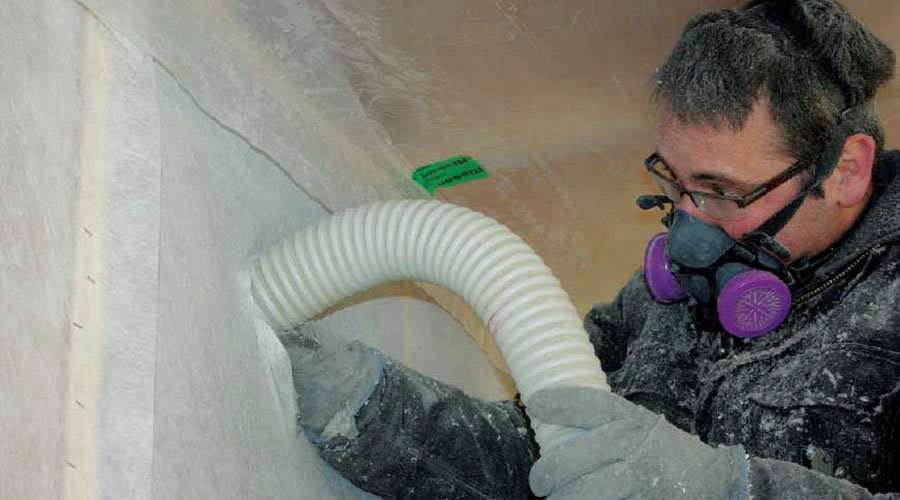















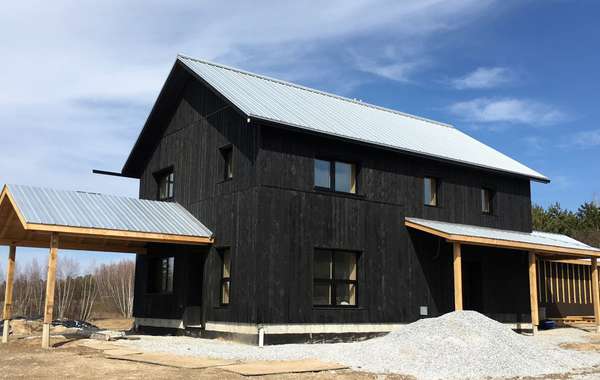
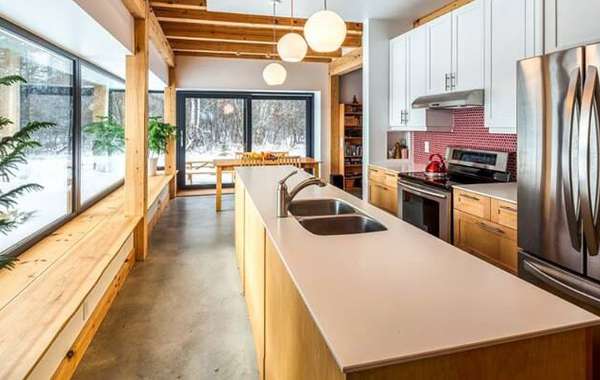
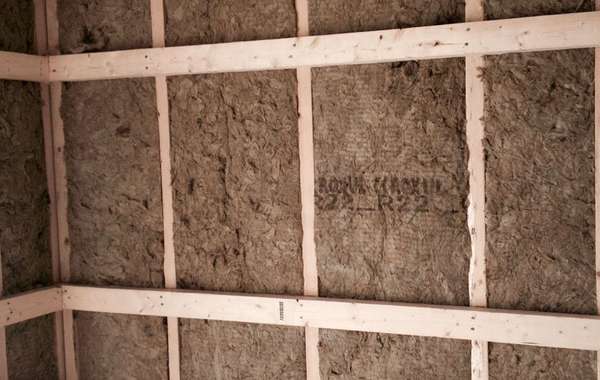
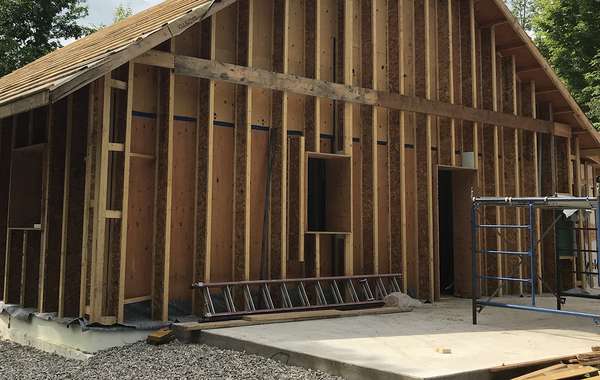
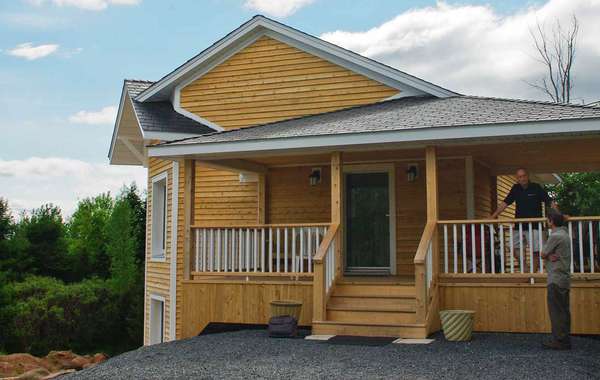
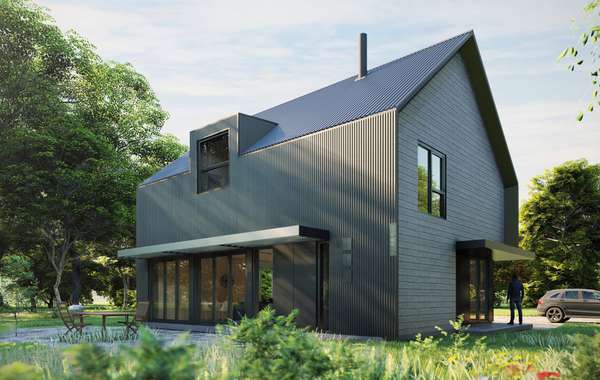
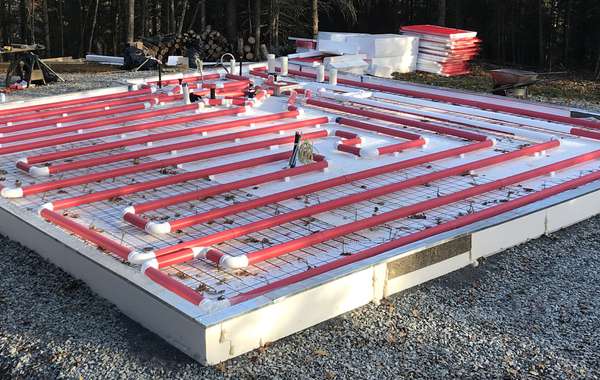
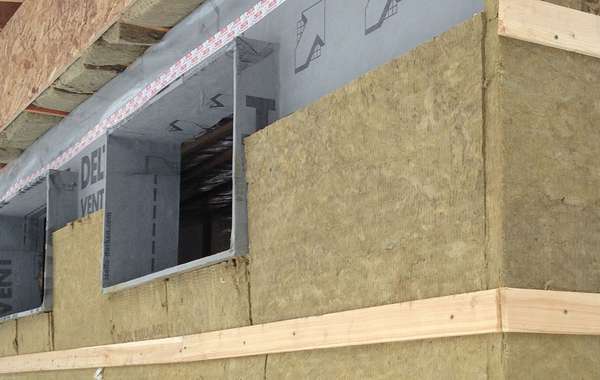
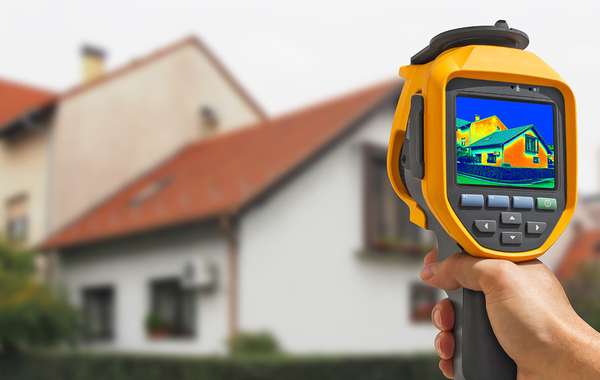
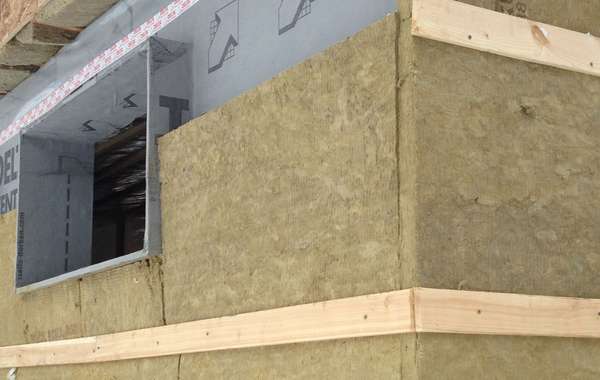
I am researching the best practise method to re-insulate a century home. The home has: plaster/lathe / 2x4 studs (no insulation) / wood sheathing / brick.
Dense pack cellulose is on the table because of its green characteristics and its breathability.
建议的安装方法是:清除现有的内部灰泥和车床面漆(开裂、变质)。在螺柱空间中安装Rockwool R14棉絮(或密包纤维素)。在螺柱上安装岩棉刚性隔热板以防止热断裂。Intello空气/蒸汽屏障膜。Drywall, taped and painted.
Is there a reason to go with the dense pack cellulose over the Rockwool batts? With a slightly lower R value it is hard to chose cellulose over Rockwool. Thanks for the help!
My company has been using dense pack fibreglass (BIBS) in walls and ceilings since 2008 and find it to be an excellent system. We are however considering using cellulose for some upcoming projects. I'm wondering, is all cellulose created equal? I assume there industry standards that manufacturers must adhere to for fire protection etc but aside from that are some manufacturers better then others? Any recommendations?
Whether or not it will have fire retardants in the cellulose is probably best asked of an installer in your region. Typically boric acid (Borate) is used, which in small amounts in considered harmless to humans. But mostly the fire protection in dense packed cellulose happens simply by the act of dense packing it, as that lack of air within it makes it difficult for flames to take hold and spread.
Here is where to findmanufacturers of cellulose insulation in the Ecohome green building product directorythat you could contact to find out what fire retardant materials they may include.